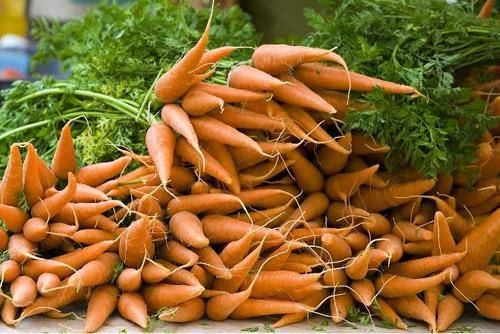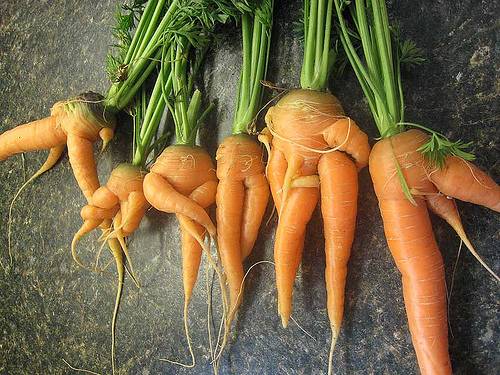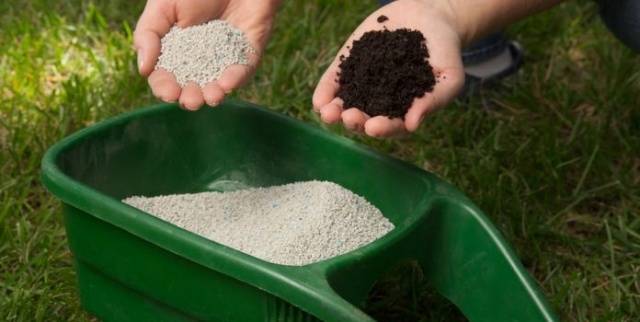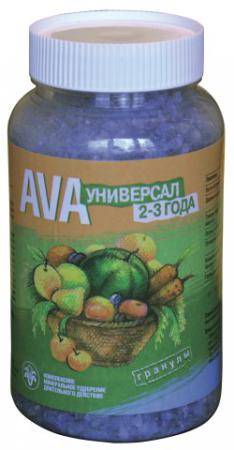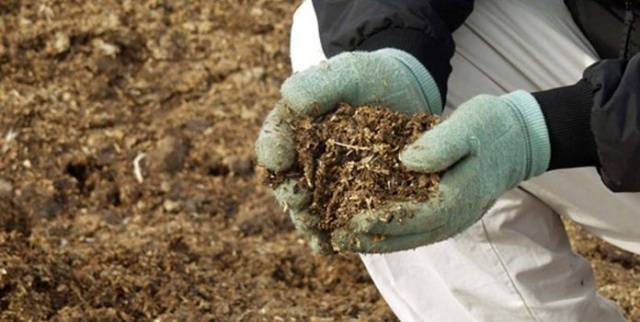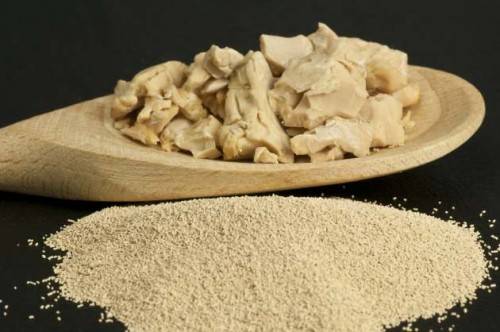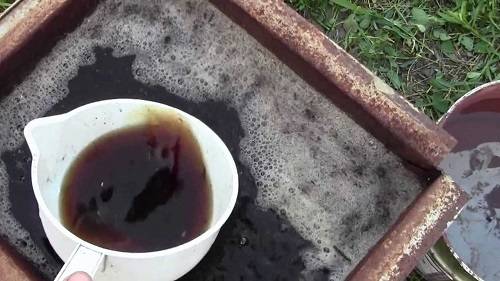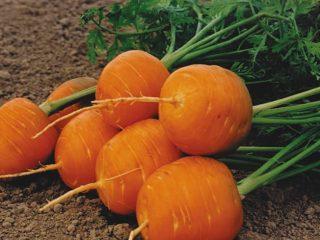Content
Such a tasty root vegetable as carrots is grown by all gardeners. The orange vegetable is valued for its nutritional properties and is widely used in cooking. Carrots, rich in keratin, are especially useful for baby and dietary nutrition. Root vegetables grown independently are environmentally friendly products.
During growth, carrots may experience a lack of nutrients, because they have to build up not only green mass, but also the root crop itself. It is very difficult to grow a good crop without applying fertilizers during the growing season. Therefore, if you want to get large vegetables, as in the photo below, feeding carrots in open ground should become an integral part of care.
You need to know this
What is included in the list of works required when growing carrots in open ground? Every gardener knows that watering, loosening, fighting weeds helps to get a good harvest of root crops in open ground. But not everyone understands that without feeding carrots with fertilizers, some of the production may be lost.
After germination, the root crop should be watered moderately.Although it loves well-moistened soil, especially at the stage of formation of a thickened root, it rots in the “swamp”. At first after emergence, carrots, if there is no rain, are watered every other day. One ten-liter watering can is enough per square. If it’s hot, the norm can be increased to 15 liters. In July there are already two watering cans per square meter.
Carrots should harden before digging for better storage.
During watering, the sweet vegetable is also fed. Each gardener uses fertilizers at his own discretion: some prefer mineral fertilizers, others prefer organic fertilizers. Both types of fertilizing can be alternated.
Sowing carrots
Preparing the beds
Carrot plantings need feeding during the entire growing season. But fertilizing begins with preparing the bed. The root crop responds well to fertile soil. As a rule, the bed is prepared in the fall. Orange root vegetables are best planted after potatoes, peas, beans, beans, tomatoes, cabbage, cucumbers and onions.
In the fall, before digging the beds, humus or compost is added to it. The soil must be sifted to remove stones. They can cause curvature of root crops.
Root vegetables are obtained with many branches and curvatures, as in the photo.
Carrots prefer neutral, water- and breathable soil. If it is acidic, dolomite flour or wood ash is added in the spring. Adding ash not only feeds the soil with phosphorus and potassium, but also prevents blackleg disease in carrots. The earth is dug up and leveled with a rake.
Seed feeding
In order for carrots to sprout quickly and quickly in open ground, the seeds need to be moistened and fed. The reason for poor germination lies in the large amount of essential oils. There are two options for soaking compositions:
- Pour boric acid into a liter jar - 1/3 teaspoon, nitrophoska - ½ teaspoon and top up with warm water.
- Per liter of warm water add potassium permanganate - 1 gram, ½ teaspoon of any liquid complex fertilizer.
The seeds are placed in gauze or cotton cloth and soaked for three days. Keep the seed in the refrigerator. Then they are dried to a free-flowing state.
Sow the seeds in the garden bed in grooves spilled with water. Row spacing must be at least 20 cm. This will allow agricultural work to be carried out without problems.
Feeding carrots in the ground
Beginners are interested in the question of when to start feeding carrots in open ground after germination.
The plantings are fed for the first time when several true leaves appear on the carrots. Per square meter it is necessary to add 150 grams of a mixture of mineral fertilizers: potassium - 60 g, phosphorus - 40 g, nitrogen - 50 g. The ingredients are dissolved in water and watered over the plants. This fertilizing of root crops in open ground can be repeated, only the rate can be halved.
Some gardeners use a different composition: add one tablespoon of potassium sulfate and 1.5 tablespoons of double superphosphate to a ten-liter watering can. Norm per square meter of crops.
The second feeding is carried out after 12-18 days. In order for carrot plantings to gain strength, they are fed with a solution of potassium sulfate and azophosphate.For 10 liters of warm water, one large spoon of each mineral fertilizer.
When the root crop begins to fill with juice, it is necessary to carry out the third stage of feeding. You can use the same fertilizers as before, or fertilize with wood ash and potassium sulfate. Boric acid will also work. It all depends on the structure of the soil.
If late varieties of carrots were planted in open ground, they need to be fed again with complex nitrogen fertilizers.
Any overdose is fraught with the deposition of nitrates in root vegetables.
Fertilizing with mineral fertilizers:
Microelements necessary for growth
According to agricultural technology, fertilizing for orange vegetables should be good. This root vegetable requires a large amount of balanced nutrients at different periods of development. What fertilizers should be used to saturate the plants that carrots love most?
Firstly, there is a high need for nitrogen. With its help, the green mass of the plant increases. Nitrogen deficiency can be identified by small yellowish leaves. The root crop eventually grows small.
Secondly, potassium is required for intensive growth. It is responsible for photosynthesis and makes the vegetable resistant to many diseases. Low carrot bushes with bronze leaves are a signal of a micronutrient deficiency.
Thirdly, it is impossible to get a good harvest in open ground if you do not feed carrots with phosphorus. Plants even tolerate heat with less loss if this element is present in the soil in the required quantity. Phosphorus deficiency can be identified by curling leaves and bright stripes on them.The fruits themselves are tasteless.
Fourthly, at the ripening stage the plant requires boron and manganese. Boron is involved in metabolism and increases the sugar content of carrots. Therefore, watering carrots grown in open ground with boric acid is necessary. Plants themselves signal a lack of microelement by dying leaf edges and yellowish veins.
How to feed carrots:
Which fertilizers to choose
The question of what fertilizers are needed to feed carrots in open ground cannot be called idle. After all, every vegetable grower chooses the most acceptable options for himself. Both organic and mineral fertilizers have their pros and cons. The main thing is to correctly formulate fertilizers and feed the plants in a timely manner.
Mineral fertilizers
Today you can buy any fertilizer for carrots. If you use them in accordance with the instructions, then you don’t have to worry about side effects.
For foliar feeding with weakly growing tops, you can treat the plantings with a urea solution.
What other fertilizers can be used for foliar feeding of carrots in open ground:
- magnesium sulfate;
- boric acid;
- fertilizers containing potassium.
Very often, vegetable growers feed carrot plantings with Fitosporin-M, Glyokladin, Cytovit, Ava and other biologically active preparations. They can be used for both root and foliar feeding.
Tsitovit
This is a universal fungicidal fertilizer containing zinc, copper, magnesium.It is used to improve the health of any garden and vegetable plants, including carrots.
Any trace elements of Cytovit are easily absorbed by carrots. Carrot seeds soaked in solution sprout faster and more friendly. Root or foliar fertilizing of carrot beds in open ground increases plant immunity, the fruits will become tastier and juicier. The balanced microfertilizer Cytovit should be used strictly according to the instructions.
Complex fertilizer AVA
This Ava fertilizer appeared in the assortment of gardeners not so long ago, but has already become popular. Unlike other fertilizers, Ava dissolves in the soil for a long time, does not freeze out, and is not washed out by rain. Thanks to this fertilizing, the vitality of plants increases, and the root crops are even and large.
Ava contains phosphorus, potassium, calcium, chromium and magnesium, which are vital for the growth and development of carrots.
Folk remedies
Since carrots began to be grown before the advent of mineral fertilizers, there are many options for feeding without the use of chemicals, proven over centuries. This applies to fertilizing with humus, compost, ash, herbal infusions, chicken droppings, and mullein.
There is another universal fertilizer suitable for all cultivated plants - baker's yeast. They are added when preparing infusions from herbs and ash. Dry and raw yeast are suitable.
There are several recipes that can be used to feed carrots in open ground.
- Recipe No. 1. Place crushed nettles and 2-3 cups of wood ash in a container to the top and fill ¾ with water. Then add yeast - 1 small packet. The container should be in the sun. After 5 days, the solution is ready for use.To water carrot plantings, take one part of the fertilizer and 10 liters of water at the root.
- Recipe No. 2. Dissolve 10 grams of dry yeast in 10 liters of water, add 2 large boats of sugar. After 2 hours you can water the carrots. Add one liter of yeast feed to a ten-liter watering can.
Conclusion
There is no clear answer to the question of which fertilizer: mineral or organic, is better for carrots. Each of them performs its own function. Organic matter in the form of compost or humus is usually added in the fall when preparing beds. Mineral fertilizers, together with organic fertilizers, are applied by root or foliar methods.
For a vegetable grower, the main goal is to get a rich and environmentally friendly harvest of orange root vegetables. If fertilizers are applied according to the norm, in a timely manner, then the tandem of mineral fertilizers and organic matter will help achieve the desired result.
